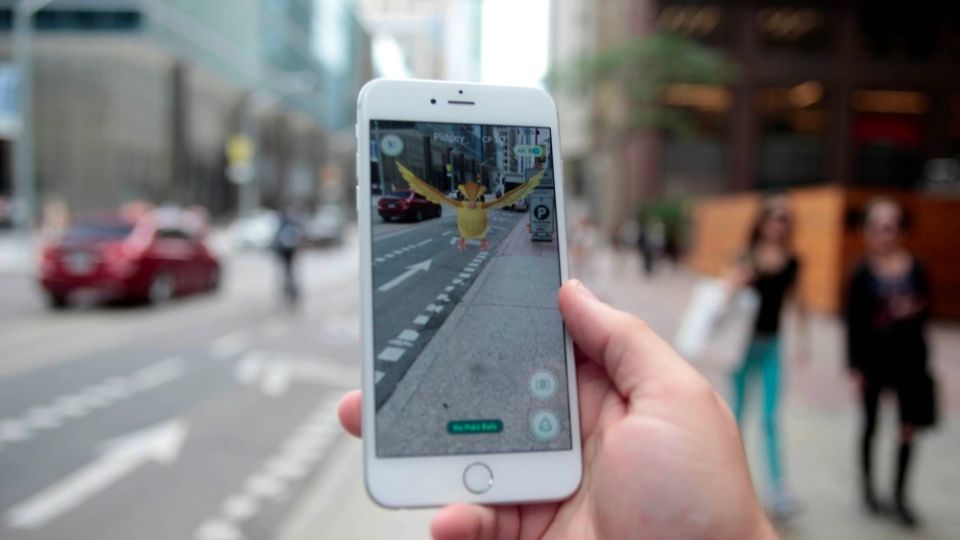People in Washington, D.C., who wanted to see what the Franklin D. Reeves Center would look like after it was redeveloped didn’t have to wait long. They only had to read a QR code on the sidewalk with their phones and look up at the huge building.
With the help of 3D graphics and augmented reality (AR), they could see a sleek building with a glass front that would eventually be home to the national offices of the NAACP, a dance theater, a restaurant, and other things.
The builder for the new building, Michael Marshall, said, “This tool lets you almost physically see what the future will be.” Residents are able to “engage with what we’re proposing.” “That is worth a lot.”
inCitu, a company based in New York that uses technology to help people work together on urban change, made the app that was used in this Washington test. Dana Chermesh-Reshef, founder of inCitu and former architect, said, “The idea is to make access to this information that already exists but is buried in websites or databases of different agencies much more open to everyone.”
The planning processes in cities are open to everyone, but she said that older, wealthier, and usually whiter people have an easier time getting involved. “For most people, they know about new projects when the construction hits the ground.” The Reeves Center project shows how AR is being used to make life better in some places around the world, especially for groups that are often left out.
AR is also being used in U.S. cities to help the blind, bring people together, and do other things. This is all part of the growth of technologies connected to the metaverse, which uses AR and VR to let users immerse themselves in a virtual world or digitally add information to pictures of the real world.
Also Read: Yellow Pee is a Good Indication for Your Healthy Status
But experts say that the government isn’t ready for the problems that will arise when more and more people in the community use AR. Some people say that mixing digital and real places will bring up legal and moral issues that haven’t been properly thought through yet. For example, privacy rights and data protection.
A tech fellow at Cornell Tech’s Jacobs Institute in New York City named Greg Lindsay said, “Cities are not really ready for this.” “How do you prepare to regulate technologies that don’t exist or are still nascent?”

A senior program expert for urban innovation at the National League of Cities, an umbrella group, said that another issue for cities will be making sure that data and privacy rights are protected as they use these technologies in their own businesses. “Making rules for data privacy and cybersecurity is a good place to start,” she said in an email answer to questions. She also said that cities will have to deal with false information on new metaverse sites and work even harder to make sure everyone has access to technology.
When asked to speak on worries about how their AR technologies might affect cities, Google, Meta, and Apple did not do so. People are going to use augmented reality tools a lot more, according to Lindsay and others at Cornell Tech. This is because Apple and Meta are releasing new headsets and viewing technologies, and other tech companies are working on making systems that are like GPS but have a lot more information.
The market for smart glasses alone will grow by more than 27% each year until the end of the decade. It is projected to reach $1.2 billion globally in 2022. As technology makes it easier for the real and virtual worlds to blend together more, some people say that rules about advertising, taxes, private property, public places, and other things will become more complicated.
“Can an AR ad be put next to a competitor across the street?” Will there be a land grab with many worlds that overlap and don’t work together?” Lindsay was asked. Doug John, vice president of new technology policy for the trade group Consumer Technology Association, warned people not to get too excited about problems that don’t exist yet.
He said, “Rules may or may not be needed to deal with new technology.” If problems do come up in the future, he said, “laws should deal with the bad behavior rather than the technology used to do the bad behavior.”



Leave a Reply